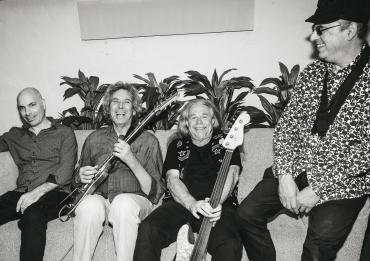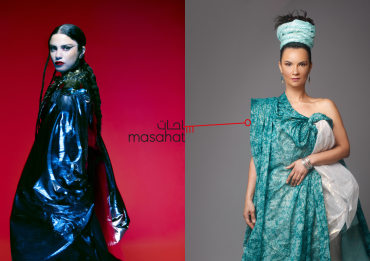Menu
Close
The Father of Ethio-Jazz Mulatu Astatke: “What I fight for is developing the African music”

Bilder av
Julie Brundtland Løvseth
Innleggsdato
01/25/2024
The Father of Ethio-Jazz Mulatu Astatke: “What I fight for is developing the African music”
During his entire upbringing and education, in England and the U.S. Mulatu Astatke kept asking himself; “how do I become myself?”
When he was at Berklee College of Music and was given homework, the young musician started experimenting in creating music:
- I put the four Ethiopian notes on the bottom of the note sheet and the rest on top, tells Astatke, of how he came up with his unique and personal sound which has fascinated audiences around the world.
The four Ethiopian notes Astatke is referring to is part of the qañat musical scale developed by the Amhara ethnic group of Ethiopia which Astatke belongs to. The specific type of qañat, which is a pentatonic scale, is called tizita.
Tizita has in it a feeling of reminiscence, and Astatke uses the four notes to tell stories about his home country. Using pentatonic scales gives the musician an opportunity to create universal music, because these scales exist all over the world, in ancient cultures.
Titzia is known for strongly moving listeners feelings, and western sources often compare it to the blues. Other musical equivalents are the Portuguese saudade or the Tuareg peoples assouf.
Africa is the source of music
In addition to using scales from folk songs and village musicians, Astatke has studied church music. Most Amhara peoples belongs to the Christian Orthodox church.
- All you got is from Africa. That is why I study church music; it is one of our great contributions to the world.
Astatke has also been strongly influenced by Latin rhythms, which he believes to be rooted in African rhythms.
- A lot of the Latin rhythms are related to the African rhythm. The Africans created the rhythms, the dances and the music which is now pop music. Rhythm is the background of the music.
The homework at Berklee was the beginning of the genre he created, ethio-jazz, a genre of music that is today well-known around the globe. Astatke is now an elder to count, and his area of interest is now preserving the roots that made him travel the world with his music:
- What I am really working for now, is for the bush people. And their contribution to the world, says Astatke.
The origins of instruments
Astatke calls his ancestors who created the musical instruments, rhythms, and styles “bush people”, however, he uses this terminology with deep respect and humility. Later in the interview Astatke refers to “the azmaris” when talking about the same topic. The azmaris are the amhara populations entertainers, singers and musicians from the Ethiopian highlands. An essential instrument for the azmaris is a masengo – a single-stringed bowed lute. Astatke believed the instrument to be the predecessor of the cello:
- The guy who created the cello is the guy who created the mashienco, says Astatke. You can play the same song. The difference is, on mashienco we can only play the four notes, but when you go to the cello you can play the same you can play on a grand piano, explains Astatke.
Speaking of the piano, Astatke claims he has found the origins of the piano on a study trip in Africa:
- The grand piano comes from an earlier version in Asia which travelled to Africa. The concept is the same, except the functions are placed differently.
Africa creates and later Europe develops
A continuing topic during the conversation is Astatke claiming Africans to be the creators in music, and that this becomes developed in Europe.
- The developers should know where all this comes from, insists Astatke enthusiastically.
- We have to give respect to the bush people, what they have given, what they have contributed to!
Astatke is working with scientists at MIT to computerize the instruments, scales and songs of the azmari people.
- I want to change the life of the bush people, to bring them up to the standards of the 21st century.
The reason why people don’t know the roots of music, is in Astatkes view because Africans don’t develop what they create. Having been trained in science at boarding school in England, and seen the world from the opposite perspective, Astatke has taught out the reason for this:
- In Europe they know the difference between science and music. He explains further:
- The general problem of the third world is that we don’t look at it that way, its seen as wasting time to put the music in system, to develop it. But when the Europeans are writing music for 60-80 people, they are treating it as if they were a medical doctor. The same music, harmonies, sounds - all together. They invented how to mix music and medicine!
- What I fight for is developing the African music. All we got is from Africa, and this we must show respect, because they are our roots.





